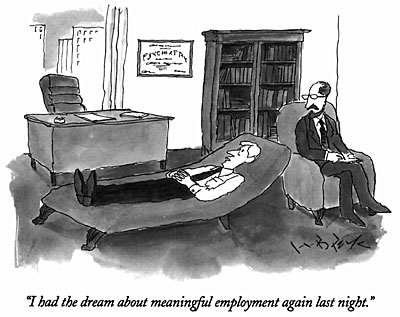 |
Two conferences on human resources (HR) are taking place in Kathmandu this month. The first, a two-day program organised by the Nepal Banking Training Institute (NBTI) and its partners, began yesterday. The second, by Growth Sellers, will take place later this month. Both conferences feature domestic and international experts who will share insights in the standing-room-only venues with participants from both the private and the public sector.
In the last three years, there's been a resurgence of interest in HR management. The number of firms to which organisations outsource their recruiting work has grown. Initiatives such as NBTI's HR Club have brought professionals together to share ideas on a regular basis. Organisations, too, have realised that fancy office buildings, sophisticated machinery, and high starting salaries alone do not mean much without competent employees, or if they leave for other jobs. Investors and entrepreneurs alike have come to accept that their ideas will not have the legs to run with if there is no appropriate workforce.
But why should human resource management remain a concern of only HR professionals? What can organisational heads do for their organisations to attract, retain and grow competent employees in ways that their HR department, busy as it is with everything from organising office picnics to defending managers in the face of staff grievances, cannot do by itself?
A reputation for a good place to work: Organisations have certain reputations as places to work. In these days of Facebook and Twitter, such reputations can be developed or dented rapidly. Instead of only promoting the product- or profit-side issues of one's companies, organisational leaders should think about how they can promote their institutions as good places to work, not only in terms of benefits, but also in terms of professional growth, and point to examples that job-seekers can relate to. Cultivating such a reputation takes a long time, but is worth the effort.
Setting a context for success: Once employees are hired, the role of senior management is not to micro-manage them. It's to set a context for employees' productivity and success.
True, this is easier said than done. Tolerating screw-ups so long as the employees learn quickly, focusing on achieving agreed-upon goals while leaving the mechanics of how to reach those goals to teams and individuals, removing constraints that teams face, and giving credit openly are some ways senior managers set a context for everyone's success. Often, how an organisation treats employees' mistakes is a good sign of just what sort of context its senior managers have set for success.
Keeping in touch with former employees: Many years ago, I interviewed at a top investment bank in New York. After two rounds of interviews, I was rejected. What has stayed with me about that bank is that it hosted a dinner for the rejected applicants, where its senior managers basically said: "Sorry this did not work out. But no one knows the future. Let's stay in touch for possible future opportunities."
Granted, the dinner primarily served the bank's own interests. But the gesture made a deep impression: in today's world, no one really knows what the future holds; today's junior staff may leave to run her own company. As such, it's best for the senior managers to stay civil and pleasant with all prospective, present and past employees.
The two Kathmandu conferences are likely to emphasise ways to strengthen the content of an organisation's HR work. This is one side of the equation, since HR professionals have limited influence at most organisations. To help HR really succeed, it's the senior managers who have to continually ask themselves: to attract, retain and grow employees, what can we do that HR alone cannot?



